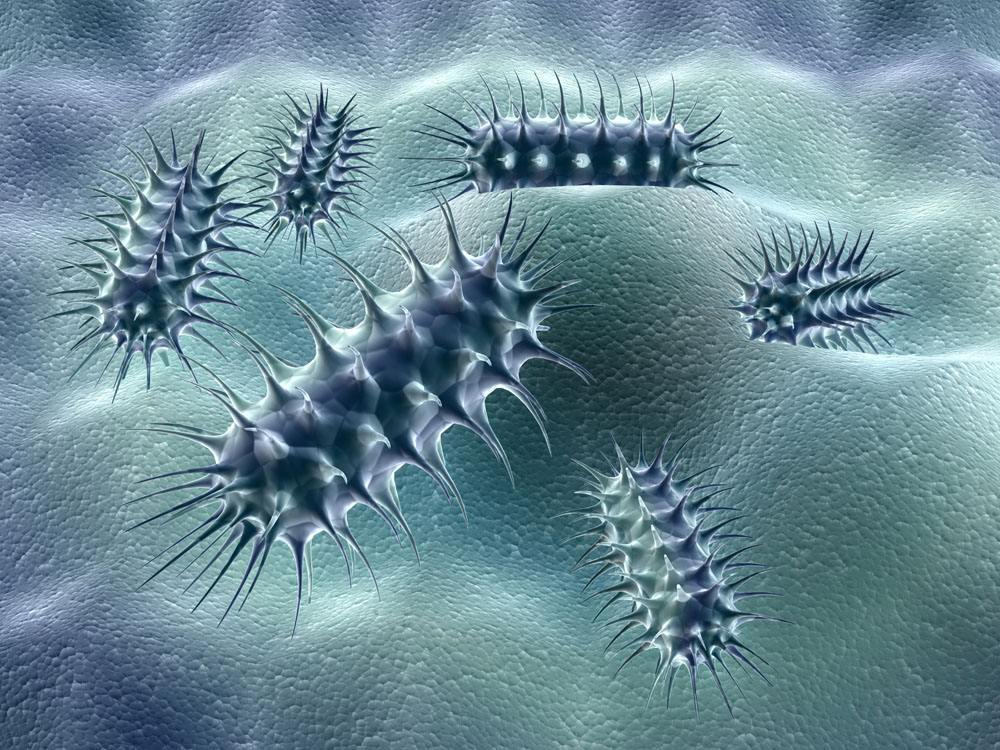They have been found living in boiling mud pots and lakes of caustic soda, deep inside rocks, at the bottom of the sea, in hidden pools of icy water in the McMurdo Dry Valleys of Antarctica, and seven miles down in the Pacific Ocean where pressures are more than a thousand times greater than at the surface, or equivalent to being squashed beneath fifty jumbo jets. Some of them seem to be practically indestructible. Deinococcus radiodurans is, according to the Economist, "almost immune to radioactivity." Blast its DNA with radiation, and the pieces immediately reform "like the scuttling limbs of an undead creature from a horror movie."

Perhaps the most extraordinary survival yet found was that of a Streptococcus bacterium that was recovered from the sealed lens of a camera that had stood on the Moon for two years. In short, there are few environments in which bacteria aren't prepared to live. "They are finding now that when they push probes into ocean vents so hot that the probes actually start to melt, there are bacteria even there," Victoria Bennett told me.











